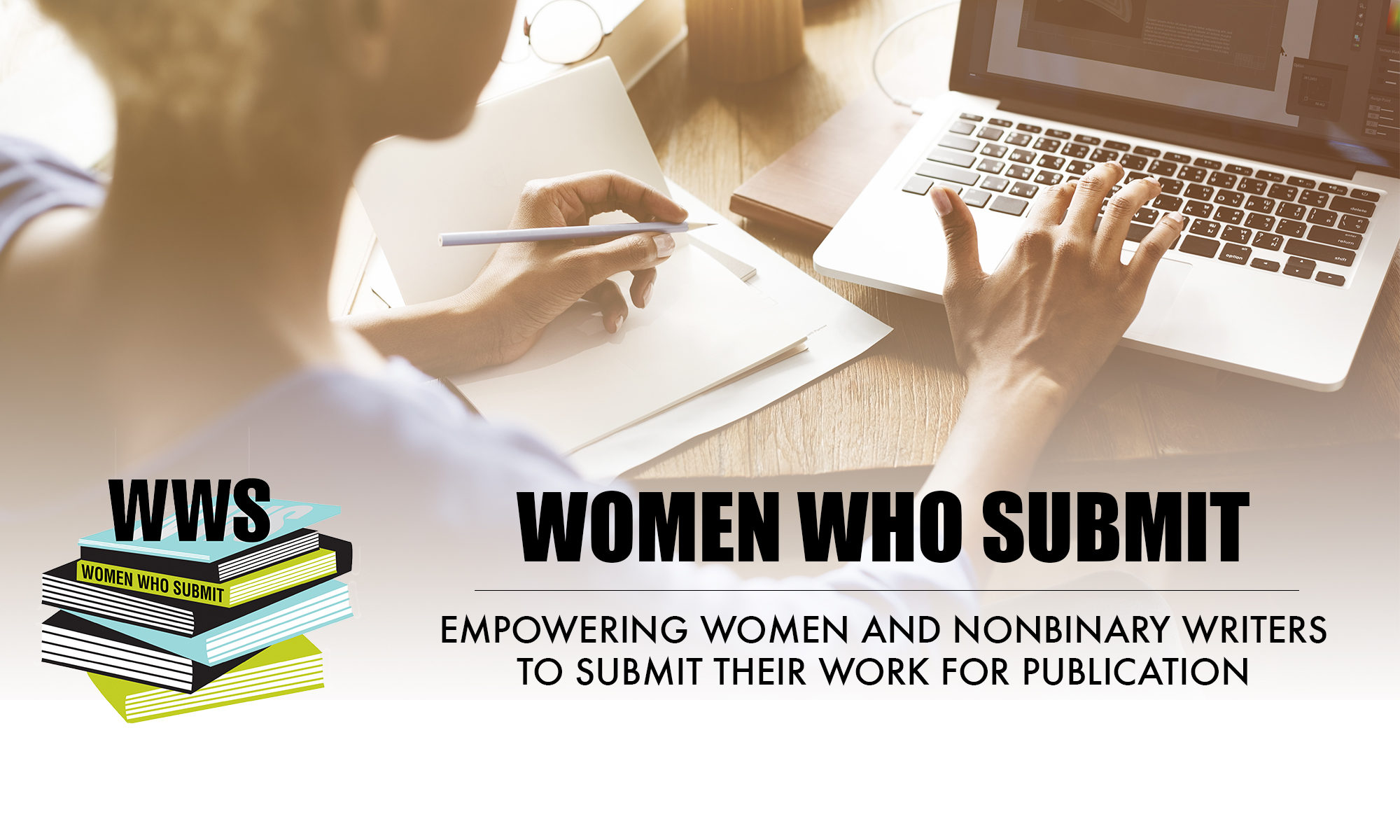Another month, another inspiring list of publications. Congratulations to all!
From Carla Sameth‘s “I Do Exist” at Hometown Pasadena:
It’s hard to hear my mom talking baby talk.
I’d rather go to sleep than think of this.
It seems so fast—from craziness of raising a child alone
To carrying a diaper bag for my mom.
From Shawna Kenney‘s “How the Fiercest Warrior in ‘Wonder Woman’ Kicked Her Way Into Hollywood” at Narrative.ly:
Madeleine Vall Beijner woke up face down on the floor. A strange metallic noise rung in the 29-year-old’s ears as her eyes slowly focused on the edge of a black and white striped rug. Yes, I know this place… It’s my boyfriend’s apartment, she thought. She saw she was wearing the tracksuit of the Swedish national kickboxing team, with her gym bags stacked next to her – but she couldn’t move. Am I injured? Have I had a stroke? Am I dead?
From “A Review of ‘What To Do About the Solomons’ by Bethany Ball” by Rachel Sona Reed at The Literary Review:
Communal, rather than national or religious, allegiance is at the core of What to Do About the Solomons. “The kibbutz was a raw factory of human survival.” This observation is offered toward the middle of the book, when we have already become acquainted with much of its cast of characters and their disparate yet interconnected problems. This line comes as we learn about patriarch Yakov’s early years in Israel as “the new Jews,” who “had come to Palestine after the pogrom at the turn of the last century with their communist ideas and little else.”
From Ryane Nicole Granados‘ “A Day in the Life of a Special Needs Mom’s Brain” at Scary Mommy:
My husband and I spend a lot of time trying to figure out how our middle son’s brain works. A rare medical diagnosis dangling over the head of a 6-month-old baby sends you into a tarot card level tantrum of predictions. But you’re not psychic and you can’t predict the future, so you set out as best you can to live in the present.
From “Toni Jensen: The Personal and the Political” by Désirée Zamorano at Origins Journal:
For those people who are visually identifiable as Native, it’s further stereotyping. It demoralizes children and contributes directly to instances of poor performance in school and suicide attempts. It’s a complicated issue. I do wish America would come along better in popular culture, in particular, because it matters.
Also from Désirée, “Escape to Vigàta: On Andrea Camilleri’s Inspector Montalbano Series” at the Los Angeles Review of Books:
Set in Vigàta, an imaginary city on the Sicilian coast, Camilleri’s novels show a contemporary Sicily filled with his protagonist’s memories of the past (a certain dish, a particular olive tree) and the realities of the present: immigrants, refugees, trafficking. Like Etruscan shards, Sicily’s history is embedded in the story lines: Berlusconi’s influence, the transition to the European market, as well as the silent yet omnipresent pressure of the Mafia.
From an interview with Karin Aurino at r.k.v.r.y:
According to VIDA, Women in Literary Arts, in their 2015 VIDA Count, women are still underrepresented in many publications. The question is, why? There are many reasons, but believe it or not, in some cases we have ourselves to blame. I have read that women are less published in journals than men because we tend to give up more easily. I’ve discussed this with many of my female writing friends and they agree. After a few rejections, we actually believe our work may not be good enough. What a fallacy as well as a tragedy!
Check out this interview with Muriel Leung at Underblong!

